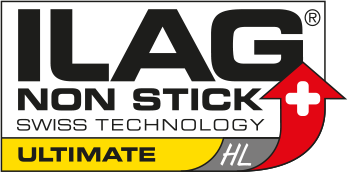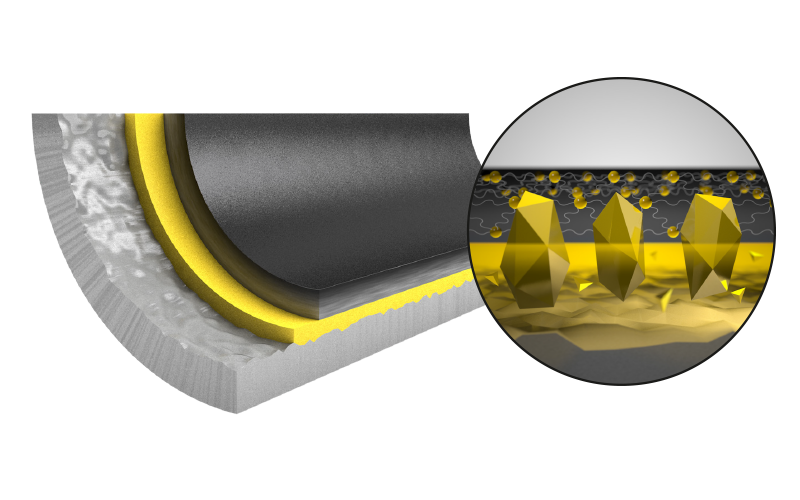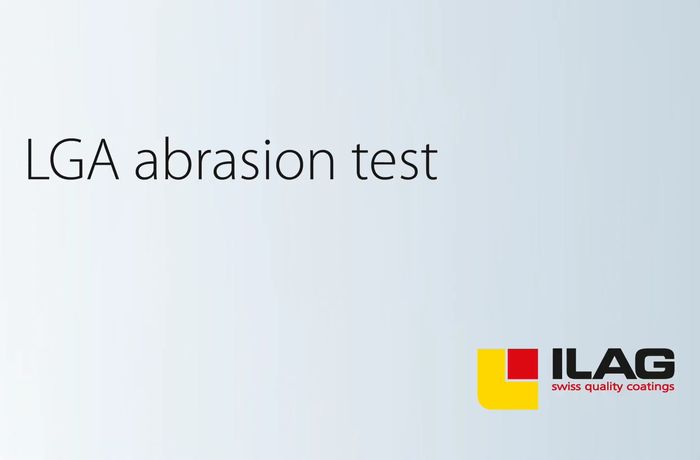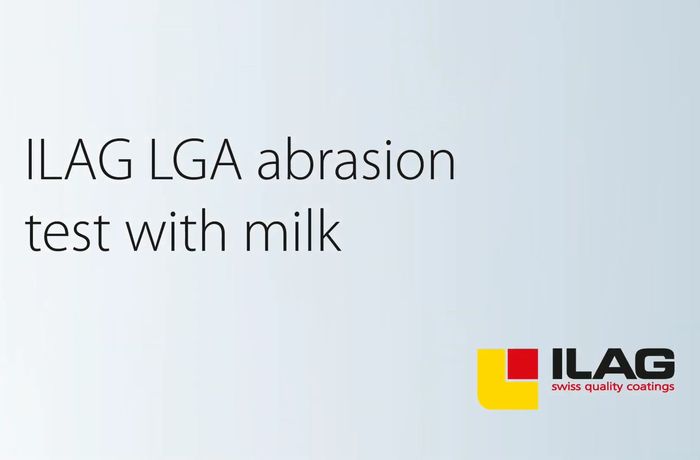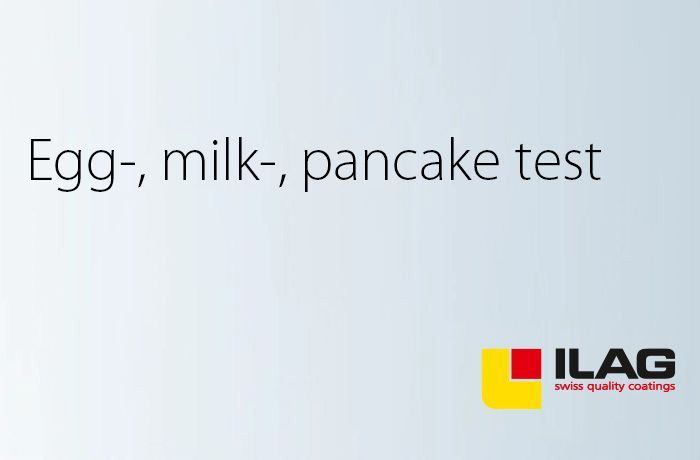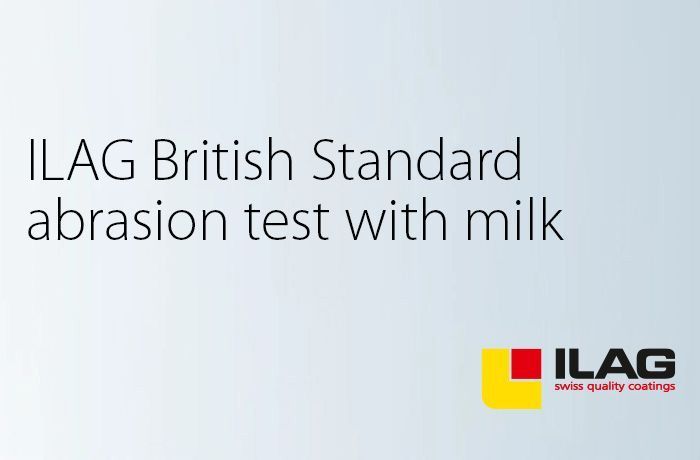DURIT Ultimate HL (ULTIMATE HL)
is a unique two-coat non-stick system, which achieves better non-stick performance than most three-coat systems due to its unique polymer matrix in the top coat.
1. Intelligent 2-in-1 top coat with innovative polymer matrix for long-lasting, high quality non-stick effect
2. Ceramic reinforced primer for best adhesion to the substrate
3. Specially prepared substrate for an optimum adhesion of the coating to the cookware product
